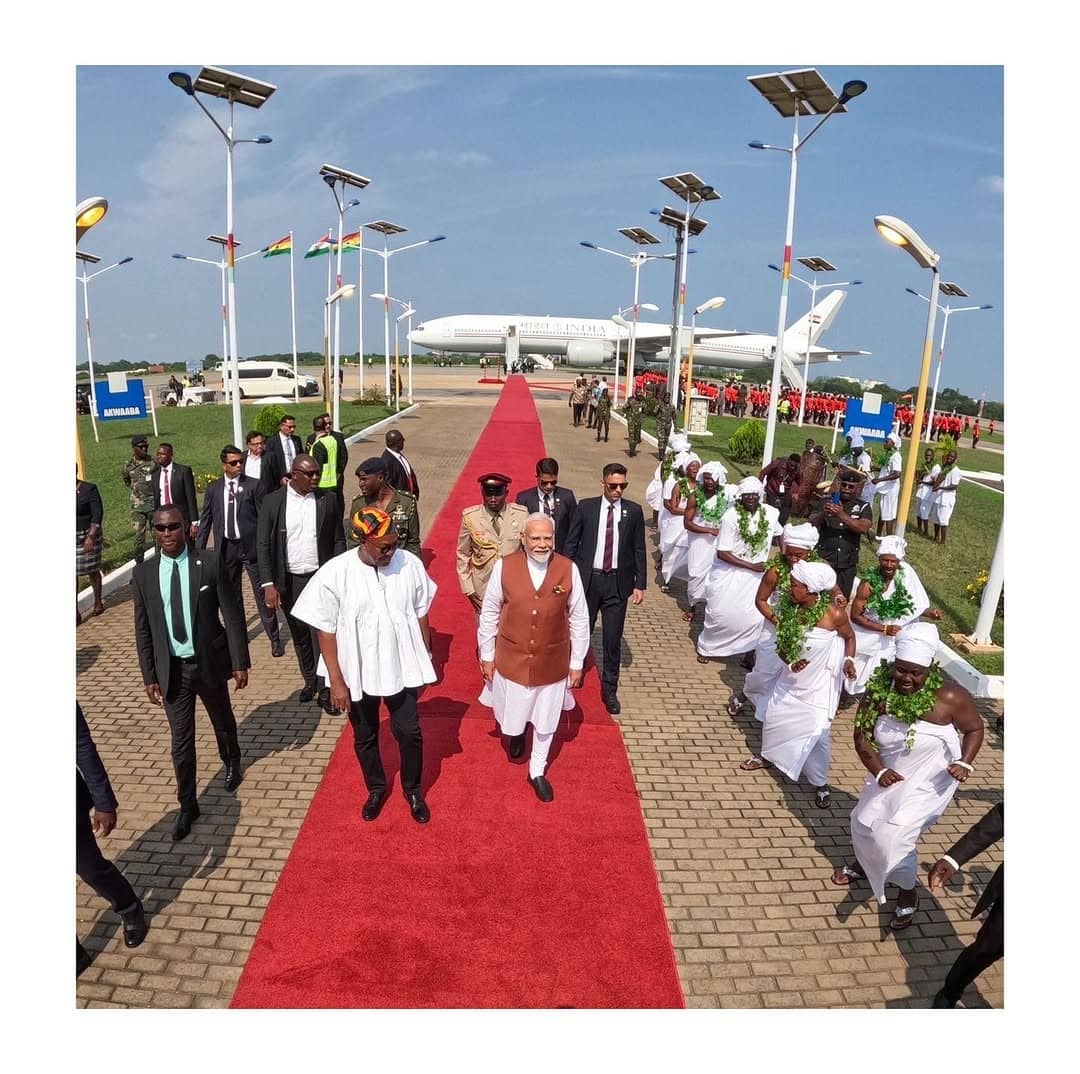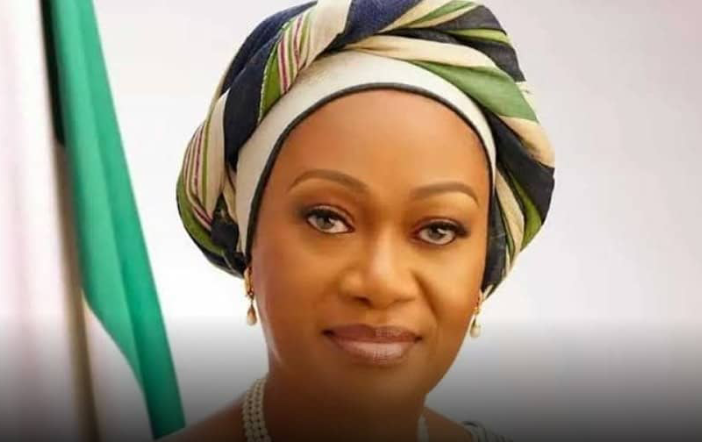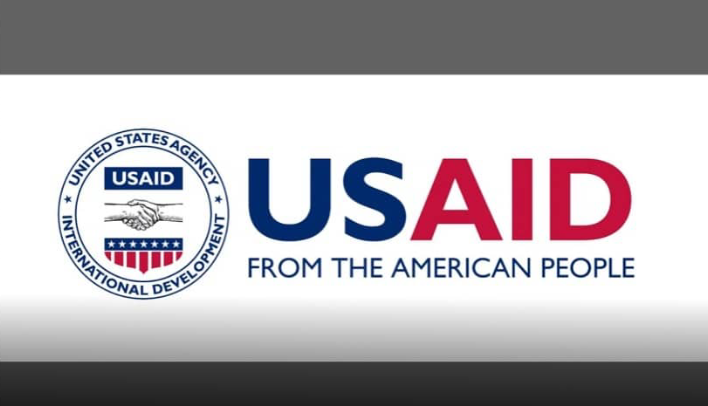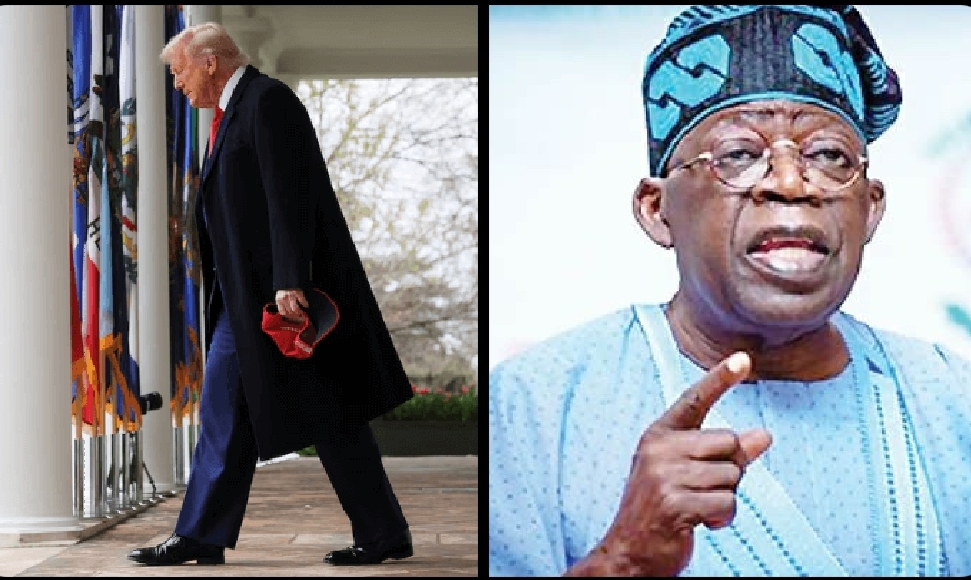
Mahama the Style Icon: Ghana’s Former President Turns Heads as He Welcomes India’s Prime Minister in Dashing Traditional Attire

In a moment that seamlessly blended diplomacy and dazzling fashion, former Ghanaian President John Dramani Mahama stole the spotlight this week—not with a speech or political declaration, but with his impeccable style. The scene was set during the official reception of India's Prime Minister, and while the visit itself carried profound diplomatic weight, it was Mahama’s breathtaking outfit that became the true sensation across Africa and beyond. Within hours, social media feeds were flooded with images of the former president’s majestic look, earning him praise not just as a statesman but now, as a full-blown style icon for African men.
Clad in an exquisitely tailored traditional kaftan with rich cultural embroidery, Mahama reminded the continent—and indeed the world—of the enduring elegance of African fashion. His ensemble, a perfect fusion of modern cuts and ancient heritage, was not just clothing. It was a statement. A message. A flag raised high for African pride and masculinity redefined through culture and charisma. The soft yet powerful fabric glistened under the Accra sun as he greeted Prime Minister Narendra Modi, offering a handshake that was as much about diplomacy as it was about image-making.
In a world often obsessed with Western fashion norms, Mahama’s choice of attire was nothing short of revolutionary. Where others may have opted for suits and ties to meet an international counterpart, Mahama embraced the identity of his homeland with confidence and poise. The kaftan, stitched with gold-toned thread and subtle geometric designs, was matched with leather sandals handcrafted by Ghanaian artisans. The look didn’t just honor Ghanaian tradition—it elevated it, turning a political gathering into a runway of cultural affirmation.
It didn’t take long before #MahamaTheStyleIcon began trending across social platforms. Influencers from Nigeria, South Africa, Kenya, and even as far as the United Arab Emirates began sharing Mahama’s look as inspiration for male fashion. Local designers praised the former president for using his platform to promote indigenous textiles and craftsmanship. “This is what we’ve been waiting for,” one Ghanaian fashion designer wrote on Instagram. “African men need more public figures who make our fashion aspirational. Mahama just redefined presidential elegance.”
The timing of Mahama’s fashion moment could not be more perfect. Across the continent, there is a growing call for the reinvention of male fashion narratives—one that breaks free from colonial standards and reclaims African identity with pride. Mahama’s outfit served as a bold challenge to those still tethered to Western suits in high-level engagements. In his boldness, many saw a blueprint for the future of African male style—traditional, regal, rooted in history, and unapologetically contemporary.
But the outfit wasn’t just about aesthetics. It carried cultural weight. The design hailed from Northern Ghana, where Mahama himself hails from, symbolizing not just national pride but also a personal connection to his roots. According to sources close to the former president, the fabric used was specially woven by local weavers in Tamale, incorporating centuries-old techniques passed down through generations. Wearing that outfit wasn’t just fashion—it was storytelling. And Mahama told a story of resilience, heritage, and pan-African excellence.
Indian Prime Minister Narendra Modi, known for his own affinity for traditional Indian attire, appeared visibly impressed. The two leaders stood side by side—both in their nations’ finest traditional garments—a visual tribute to the cultural diplomacy that binds their nations together. Analysts have since noted that the image of both leaders in traditional wear could be symbolic of a new era of global diplomacy, where leaders are unafraid to represent their native heritage at the highest level.
In the hours that followed, fashion commentators from Vogue Africa, Essence, and even GQ weighed in on Mahama’s style statement. Some declared it a “masterclass in traditional elegance.” Others called it “a turning point for African men’s fashion.” Designers from Nigeria’s Yaba to Johannesburg’s Rosebank are already sketching kaftan collections inspired by Mahama’s now-iconic look.
But beyond the fashion industry, Mahama’s moment may have an even deeper ripple effect. Young African men who once associated elegance with Western suits are beginning to reconsider. For decades, suits were seen as the pinnacle of professionalism—an ideal enforced by colonial legacies and global media. But Mahama’s appearance challenges that notion, presenting a fresh model of success and dignity rooted in African tradition.
In Ghana, tailors have already reported a spike in orders for similar kaftans, with young professionals citing Mahama as their inspiration. Local markets in Kumasi and Accra are experiencing what some vendors are calling the “Mahama Effect,” where native fabrics like fugu and smock cloths are suddenly in high demand. Online, memes and fan art have exploded, with one viral image depicting Mahama as a Marvel-style superhero cloaked in traditional fabric, saving African fashion from extinction.
Interestingly, this isn’t the first time Mahama has made headlines for his style. Over the years, he has quietly carved a niche for himself as one of Africa’s most stylish former presidents. But this latest appearance seems to have struck a different chord. It didn’t just earn praise; it sparked a movement. It tapped into a cultural hunger. A desire for representation. For beauty with meaning. For pride without apology.
The international reaction has also been telling. Indian media outlets covered the fashion exchange as a highlight of Prime Minister Modi’s visit. The New York Times briefly noted the cultural significance of the leaders’ attire. And social media users from Brazil to Bangladesh weighed in with admiration for the look, the symbolism, and the confidence it carried.
As the images continue to circle the globe, one thing is certain—Mahama has done more than wear an outfit. He has ignited a conversation. A conversation about what it means to be African, to lead with pride, and to dress with intention. His appearance has elevated traditional African menswear from ethnic novelty to high-status fashion.
In a world desperately in need of authenticity, Mahama’s choice to wear his roots on his sleeve may just be the most powerful statement of the year. And if the wave of admiration, imitation, and inspiration is anything to go by, Africa’s male fashion industry just found its unexpected new ambassador.
And his runway? The presidential tarmac.


